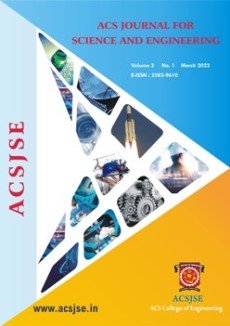Study and Comparison Analysis of Conventional Light Weight UAV Airfoils using XFLR Analysis
DOI:
https://doi.org/10.34293/acsjse.v2i1.22Keywords:
UAVs, Airfoil, Solar energy, XFLR Analysis, Lift and drag coefficientAbstract
In Aeronautical industries one of the very important issues in smart UAV is the duration of flight since the overall time uses standard power that may be an unusable product, includes a restricted life, and is cost. But, there's an enormous demand for exploitation, a limitless non-exhaustible supply of power. So an alternative source of power calculation is required to get efficient flying conditions for a UAV. This work is to study and analysis of solar energy UAV airfoil using XFLR analysis. A UAV with 2.98Kg of weight is studied for power calculation, implementation of solar cells, and design aspects, including airfoil, fuselage, and tail section. From analysis it is found that UAV flight performance at solar radiation intensities above 451.23 W/m2 for power system which worked to increase the battery life and works more efficiently at solar radiation intensities above 666.5 W/m2
Downloads
Published
Issue
Section
License

This work is licensed under a Creative Commons Attribution-ShareAlike 4.0 International License.






